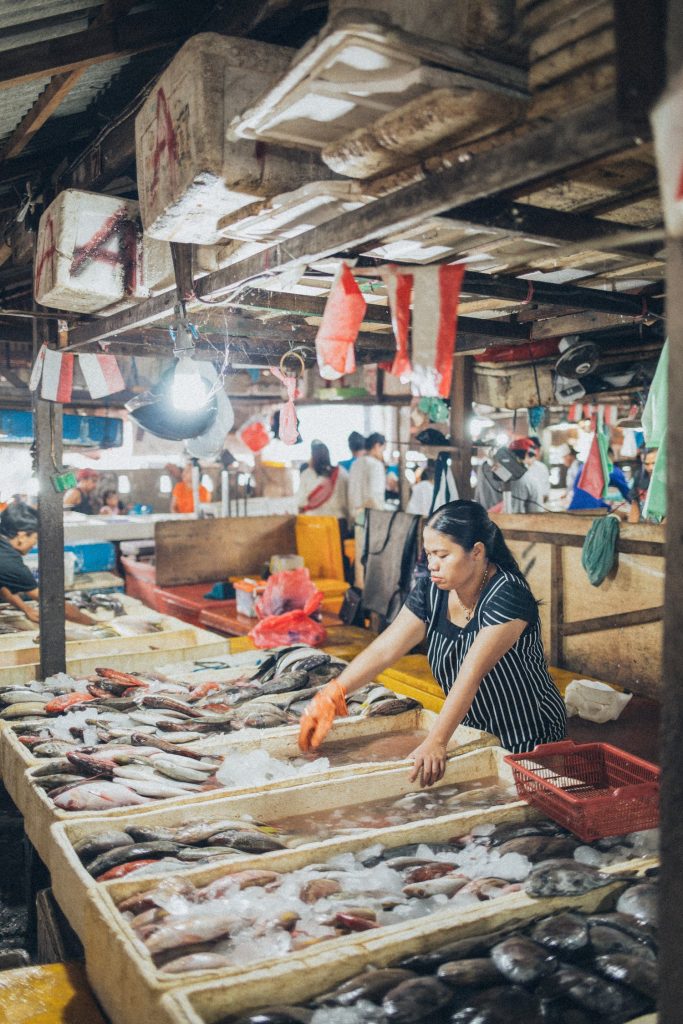
It’s widely accepted that the current coronavirus pandemic originated at a wildlife or “wet” market, and that it is a zoonotic disease, meaning a disease that normally exists in animals but can infect humans as well.
In response, China has temporarily banned the wildlife trade and Vietnam is considering similar action. In this country, 100+ animal welfare and environmental NGO’s sent a letter to leaders of the U.S. Senate and House, drawing the connection between infectious disease and wildlife policies, and asking that 1% of future stimulus packages provide funding to address habitat loss, wildlife trade, and biodiversity.
It’s easy to “blame” the pandemic on other countries. However, the U.S. is a major player. In a recent OpEd, Tanya Sanerib, international program legal director at the Center for Biological Diversity noted: “We are one of the world’s top importers of wildlife, consuming an estimated 20 percent of the global wildlife market. Pandemics have begun in our borders, like the 2003 monkeypox outbreak stemming from U.S. imports of small mammals that spread to pets” and then to humans.
The inquiry does not end here. The cramped, unsanitary conditions on CAFOs, combined with the non-therapeutic use of antibiotics are a breeding ground for disease. Coronaviruses are very prevalent in domestic livestock. Both avian flu (several outbreaks in this country over the past 6 years) eU.and swine flu, or H1N1 which in 2009-2010 killed over 12,000 people in the U.S. alone likely originated in CAFOs.
“Scientists estimate that more than 6 out of every 10 known infectious diseases in people can be spread from animals, and 3 out of every 4 new or emerging infectious diseases in people come from animals.” — Centers for Disease Control and Prevention
For those who have more than a passing interest in our relationships with animals, we understand the larger implications of how we use them. We can only hope that this pandemic will be a wake-up call to others.
